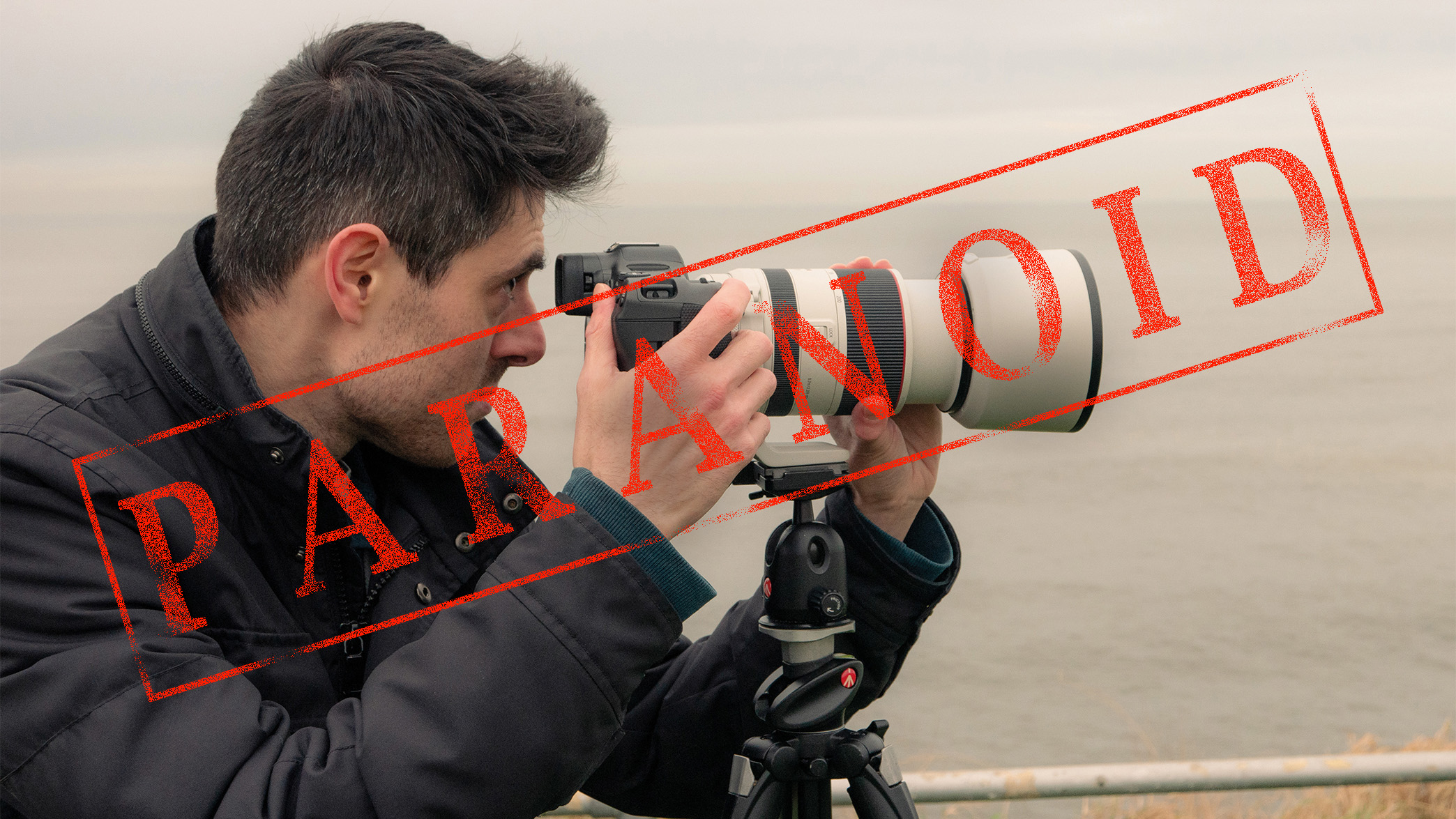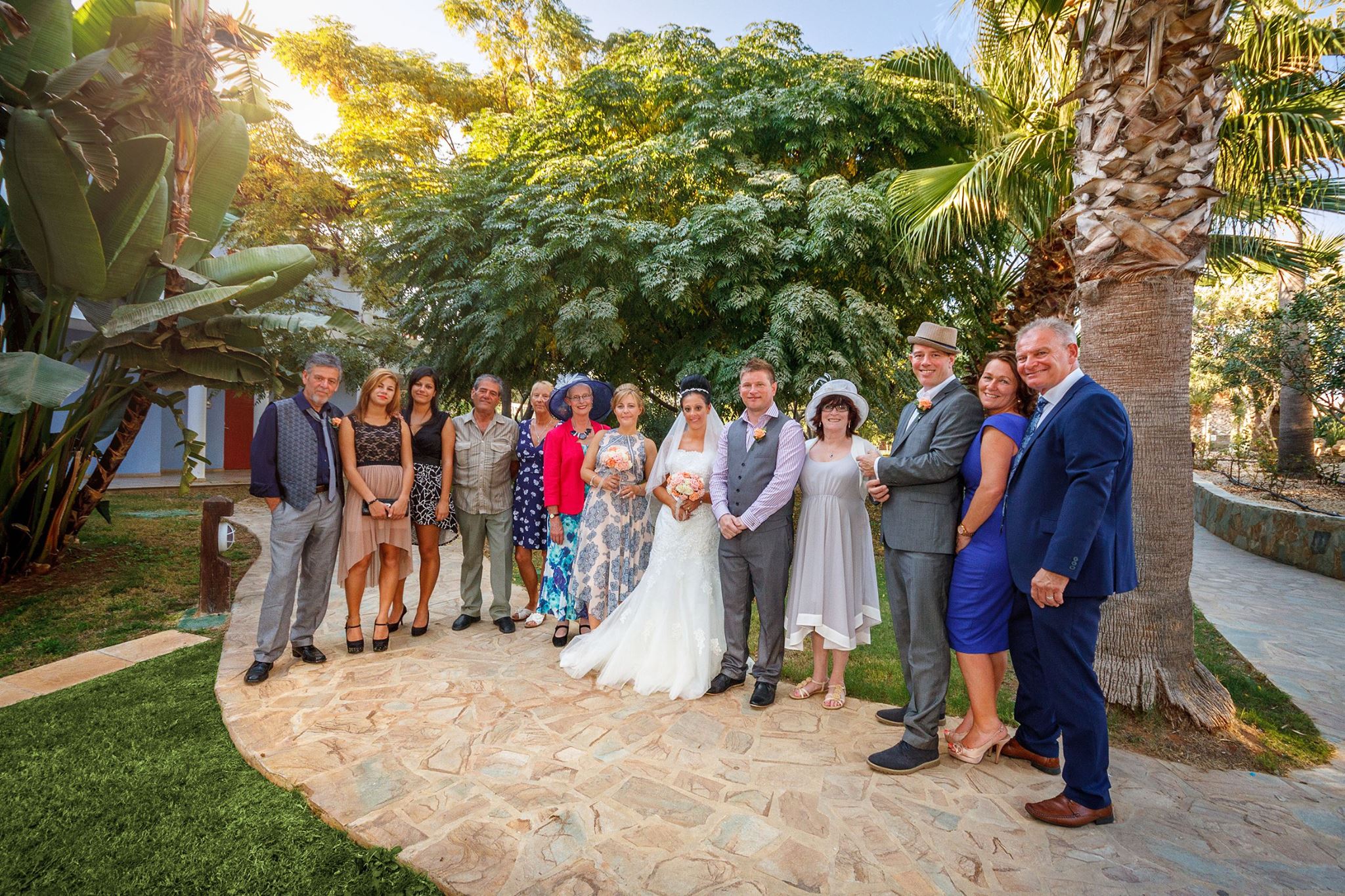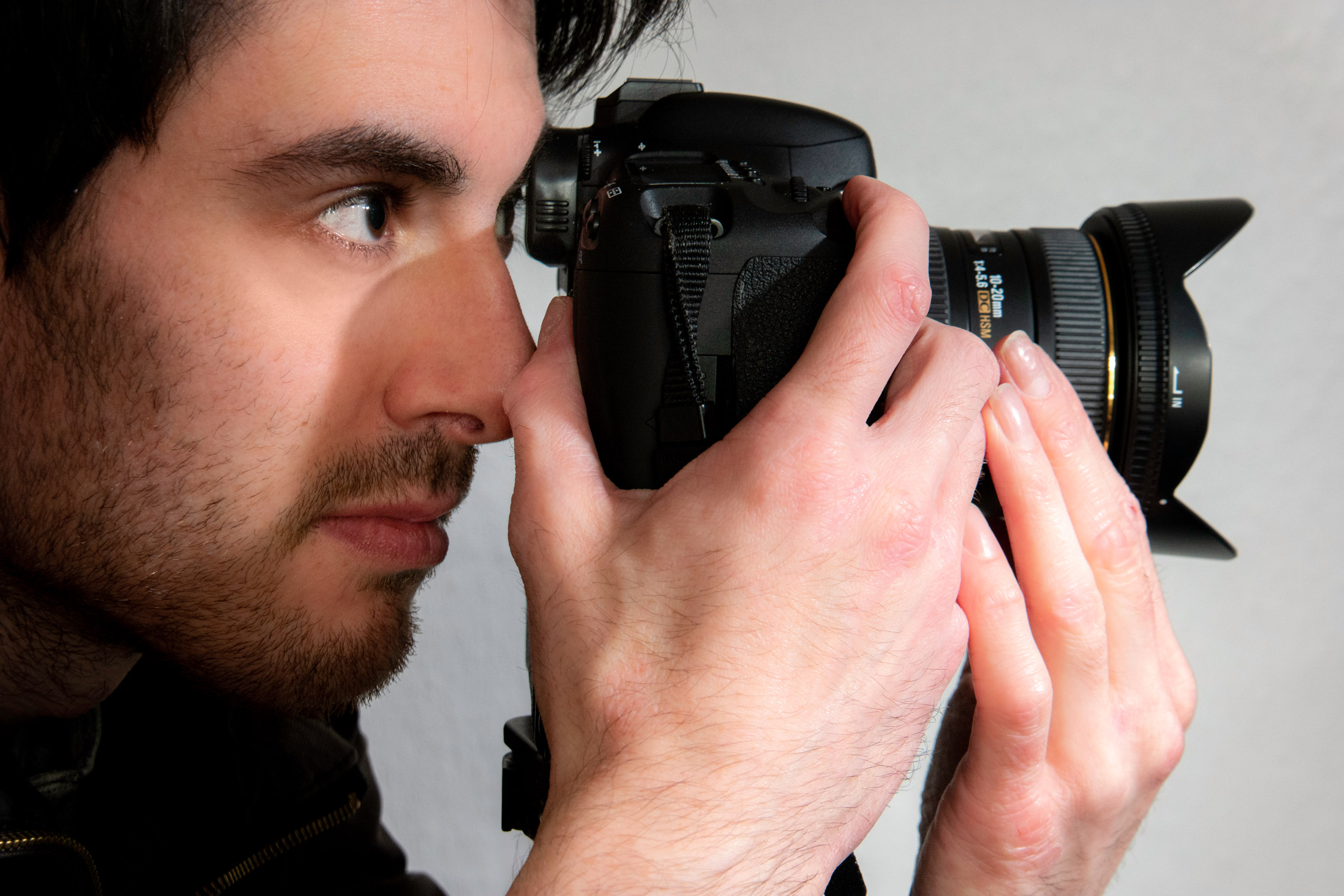Stop spoiling your images! I'm a pro photographer and journalist, and I think everyone just needs to relax around watermarking
When did photographers become so paranoid? And should you really care if someone copies your photos online? I'm saying no

Image theft: it’s one of the biggest fears most photographers have when placing our images online. Nobody likes the thought of their work being used without their consent, and yet in the modern age, where almost every visual transaction occurs on the internet rather than in print, it’s a continuous battle. I’ve been stung by this on more than one occasion, and if it’s ever happened to you, you’ll understand the bitter feeling that comes with seeing your images somewhere unauthorised.
That being said, having spent almost a decade commissioning work on a photography magazine, I have noticed some protectionist behavior amongst photographers that isn’t always healthy.
Firstly, let’s talk about watermarks. Yes, there is a benefit to adding your business logo or even just your name to some of your images when they are being used as proofs.
If you want to be a wedding photographer, for example, and you send a collection of images (or post them in a private gallery on your website, as is the preferred method these days), you want to maximize the sales made to this highly targeted client base.
While the bride might not be content with a screenshot of an image of the first dance, Uncle Gilbert, the black sheep of the family on the Groom’s side, will almost certainly make do. A few sneaky swipes across his phone screen later, Uncle G has directly robbed you of some income. We hate you, Gilbert!
And this is where a well-placed watermark can deter the vultures. You’re not going to generate evergreen revenue from a wedding, since it only matters to the families of those present. You will definitely feel copyright infringement in your bank balance with this type of assignment, so caution is advisable.
However, for just about every other type of image on your website, I think watermarking and severe file size reductions hurt sales more than they help them.
The best camera deals, reviews, product advice, and unmissable photography news, direct to your inbox!
I recently reworked my own website using Squarespace to make almost all of the images full-screen and without watermarks. This might seem like an open invitation for image piracy, but my feeling is that anyone willing to steal one or more of your photos was never going to pay you for them in the first place.
Yes, there is the principle of it, but I’d rather my images sing to viewers (and prospective buyers) than degrade the quality, visual impact, and viewer experience to prevent the occasional cheeky screenshot.
I’ve done many Google Image experiments to see where my shots have ended up, and in 90 percent of cases, it’s school projects. I could take an Italian teenager to Court for using one of my landscapes in a geography PowerPoint, but would that really help my photography business?
The same applies to sending watermarked, super-low-resolution images to print magazines. Most publications won’t even consider images with a watermark, and can’t print postage-stamp-sized files, yet I’ve had several insistent photographers refuse to supply larger Jpegs. This is just unhelpful; it will hurt your reputation and reduce your commissions. Editors aren’t out to get you, and large publishers stand to lose a lot more money than the value of your photo if they are found to have breached copyright law.
So maybe relax about being so overprotective of your photo database. In the age of AI, you can bet the majority of image ‘theft’ occurs through sources you willingly upload your images to, and that hide AI training clauses in their small print. Yes, be sensible, and don’t stand for large companies ripping you off, but let the world enjoy your photography.
It’s meant to be seen, and seen large and without interruption.
You might also like...
Do you shoot a lot of weddings? You might be interested in our guide to the best cameras for wedding photography If you shoot a lot of landscapes to sell on your website, our best lenses for landscapes buying guide can help you out or if you don't have one yet, read about why every photographer should get a website.
As the Editor for Digital Photographer magazine, Peter is a specialist in camera tutorials and creative projects to help you get the most out of your camera, lens, tripod, filters, gimbal, lighting and other imaging equipment.
After cutting his teeth working in retail for camera specialists like Jessops, he has spent 11 years as a photography journalist and freelance writer – and he is a Getty Images-registered photographer, to boot.
No matter what you want to shoot, Peter can help you sharpen your skills and elevate your ability, whether it’s taking portraits, capturing landscapes, shooting architecture, creating macro and still life, photographing action… he can help you learn and improve.
You must confirm your public display name before commenting
Please logout and then login again, you will then be prompted to enter your display name.




